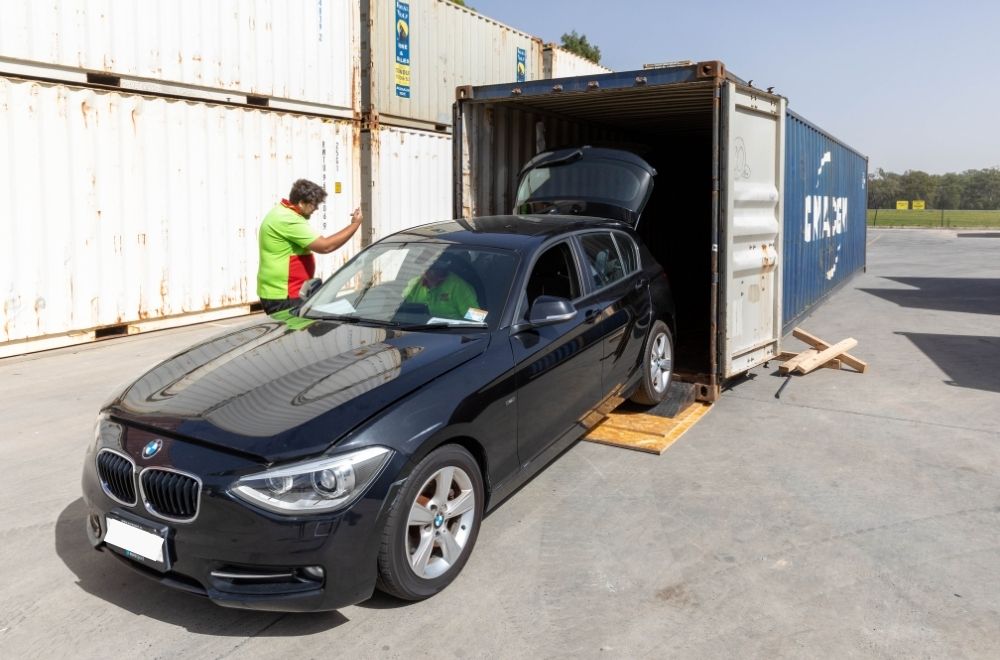We know that moving overseas can be both exciting and overwhelming with all the steps involved, which includes figuring out how to import a motor vehicle into Australia. To make this a little bit easier, we’ve provided an overview of the process to help get you started.
When you are moving your vehicle to Australia, you will need to think about doing research, getting approvals, organising shipping and meeting other requirements. But don’t worry, we are here to help and you’ll be cruising the open roads in no time.
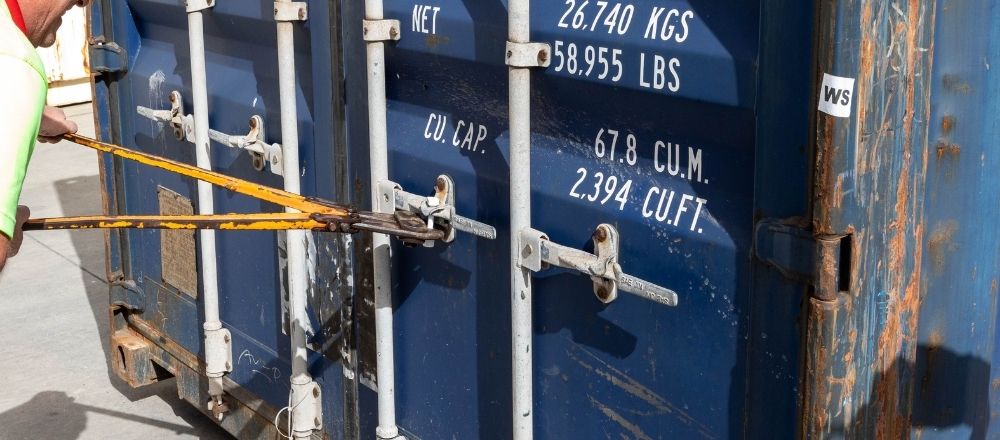
Import a Motor Vehicle
Do Your Research on Importing a Motor Vehicle Into Australia
As with many things in life, the first step to importing your motor vehicle into Australia is to do your research. It’s important to understand all the requirements and conditions.
The most crucial thing to find out first is if your motor vehicle is eligible to enter Australia. It must be safe according to Australian road standards and be able to be fitted with identification plates. If your vehicle does not meet these standards, there are a limited number of options which are outlined when you apply for vehicle import approval.
Some additional questions to ask during the research stage are:
- What documentation do I need?
- Do I need to use a broker?
- What are the costs involved?
- What are the timeframes for getting my permit etc.?
- Do I need to have modifications done to my vehicle to meet Australian Standards?
There are some helpful guided questions on the Australian Government website that you can have a look at to help get you started with the whole process. To ensure you have enough time, make sure to start your research as soon as you can.
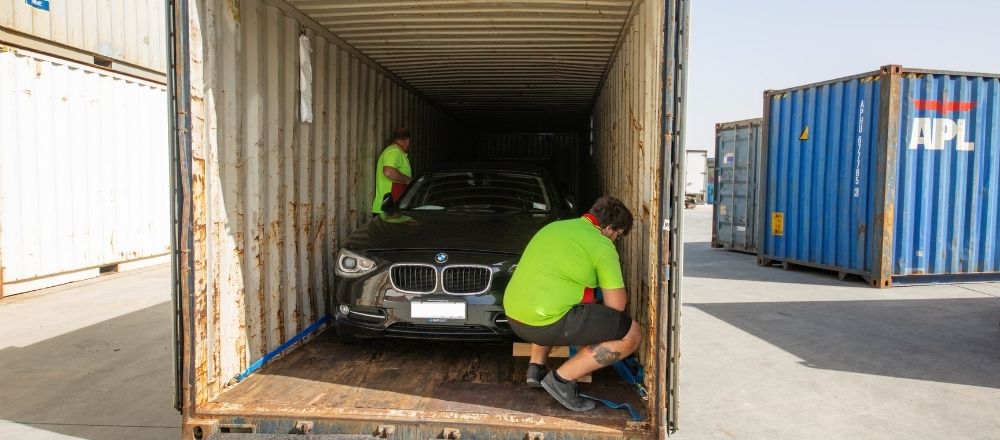
Move a Motor Vehicle into Australia
Receiving Approval to Import a Motor Vehicle Into Australia
The three key steps involved with the approval process to import a motor vehicle into Australia are applying for approval, receiving approval, and meeting any additional approval conditions.
The first part of the approval process is to apply for the very important document that actually lets your vehicle be imported into Australia. Without this, your vehicle will be detained at customs (which can incur hefty storage costs) and it won’t be released to you when you arrive in Australia.
There are several options to apply for an approval to import a road vehicle, and when you apply there are a few key things you’ll need to do:
- Create an account in ROVER, the online application platform
- Complete the online application form, including uploading photo ID
- Pay the $50 application fee to complete your submission
The second part of the approval process is when you receive approval to import a motor vehicle into Australia. You’ll receive a very important email from the Department of Infrastructure, Transport, Regional Development and Communications with your approval attached.
When you receive your approval, make sure to read it carefully as there may be conditions provided for the use of your vehicle. This could include vehicle modifications, so make sure that you have enough time to make any necessary changes.
To meet your approval conditions, you might need to arrange for modifications of your motor vehicle as just discussed, and you may also need to conduct testing and develop evidence of compliance if required. You’ll be instructed on exactly what you need to do for your specific vehicle, but just make sure to allow enough time for potential updates.
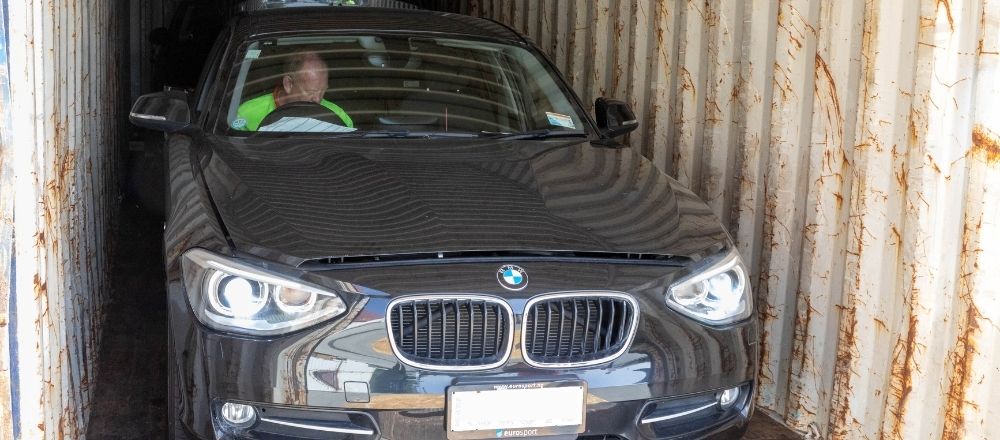
Move a Vehicle to Australia
Packing and Shipping Your Motor Vehicle Into Australia
Once you have received vehicle approval and understood approval conditions, you can start arranging shipping of your motor vehicle into Australia. At Overseas Packers & Shippers, we are experts in moving your vehicles to Australia. We want to make sure this process goes as smoothly as possible for you.
Before shipping, ensure that your motor vehicle is professionally steam cleaned inside and outside to remove any materials that may pose a biosecurity risk, such as plant and animal materials. Most car detailers should be familiar with the process of cleaning a car for overseas shipping purposes.
Now you will need to get customs clearance and meet Australian biosecurity quarantine requirements. The key steps for getting customs clearance include:
- Lodging an import declaration
- Paying customs duty
- Paying goods and services tax (GST)
- Paying luxury car tax, if required
- Ensuring there is no asbestos
In addition to customs clearance, you’ll need to meet Australian quarantine requirements. Despite the relaxed culture and sunny beaches, Australia has strict quarantine regulations designed to protect the health and wellbeing of the country.
If you are coming from another country and entering Australia for the first time, these things can sometimes be confusing or overwhelming. We understand that this can be a bit tricky to navigate and our friendly team at Overseas Packers & Shippers are here to help the whole way.
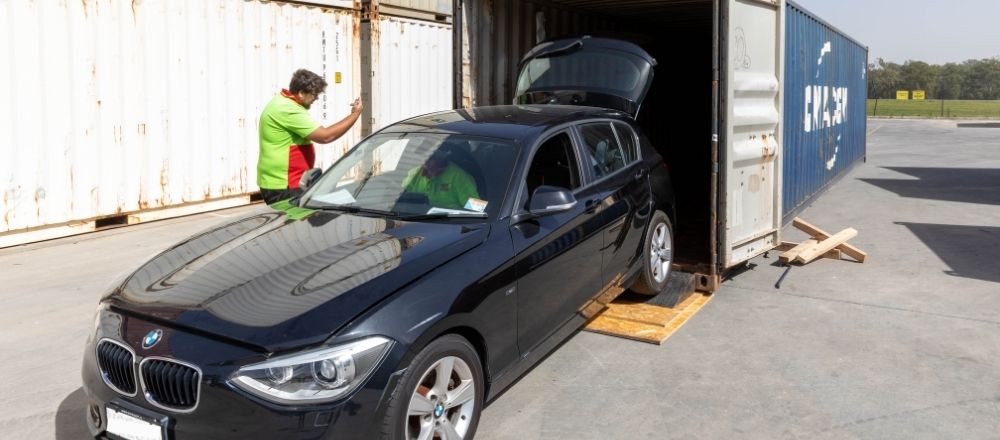
Import a Vehicle into Australia
The Final Steps to Importing Your Motor Vehicle Into Australia
Once you have done your research, gotten your approvals, and your motor vehicle is ready to ship, you’re almost ready to move to Australia. You’re almost there!
You’ll just want to double and even triple check you’ve met your approval conditions outlined in the email sent to you, and then get ready to register your vehicle on Australian roads. You can apply to register your vehicle in the relevant State or Territory you are moving to, with the relevant State road and transport authority.
For more information, helpful questions, and direct links, you can visit the Australian Government 8 steps to import a vehicle page. When you are ready to start the process to import a motor vehicle into Australia, you can contact Overseas Packers & Shippers for a seamless moving experience.
FAQs
Is it worth shipping my motor vehicle to Australia?
In Australia, a lot of us usually get around in a personal motor vehicle, especially outside the metropolitan areas. A motor vehicle also provides you with independence and a sense of security, which is so important when moving to a foreign country. Shipping your motor vehicle can also save you money in the long run, as the Australian market is expensive and the same vehicle will often be priced much higher in Australia.
Can I drive a left hand motor vehicle in Australia?
It may be legal to drive a left hand motor vehicle on Australia roads, but this depends on the State or Territory you are moving to, as left hand drive is not the standard for cars in Australia. You may be able to drive a left hand motor vehicle under certain conditions, but make sure to find information from the relevant State government road and transport authority.

